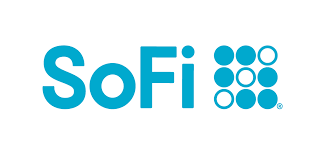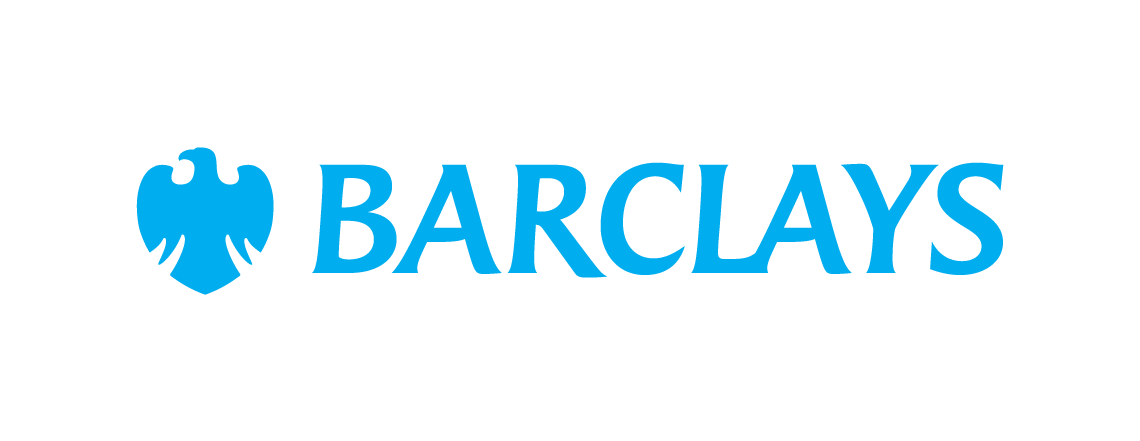My Savings Are Earning Just 0.40%. Here's Why I'm Not Moving Them
Despite ridiculously low interest rates, I'm keeping my savings where they are.
I always make it a point to have emergency cash reserves divvied up between a savings account and a few CDs. For most people, three to six months' worth of living expenses in the bank suffices for an emergency fund, but I like to have a little more, especially since I'm self-employed and have a variable income. Either way, I'm used to my cash not earning a ton of interest.
These days, though, the interest I'm getting from my savings account is downright pathetic: It's paying 0.40%. For a $10,000 deposit, that translates to $40 a year in interest. However, right now, I'm actually getting a better rate from my savings account than what some of my bank's short-term CDs pay, so once my CDs come due, I won't renew them -- I will roll those balances into regular savings.
Why am I willing to accept such low interest on my savings? It's simple -- I don't really have much choice.
The importance of protecting your emergency fund
The upside of investing your money is, often, earning a substantial return. I have a stock portfolio that has, in the past, given me an annual return of more than 10%. So why would I accept not even half a percent on my savings? It boils down to protecting my cash reserves.
My brokerage account is money whose principal is not guaranteed. But it's also cash I'm not counting on using soon. I'm hoping that if I don't touch it for many years (other than to add to it), it will grow into a nice sum. My emergency fund, on the other hand, is money I might need sooner.
If my income takes a hit, or if I get stuck with a costly home repair, I may have to dip into my emergency fund to avoid racking up debt. I need to know my principal balance is protected, and only an FDIC-insured bank account provides that guarantee. I'm limited to a savings account or CD if I want to protect my principal, and given the more restrictive nature of CDs coupled with today's interest rates, they're just not worth it to me right now. So I'm keeping my money in a regular savings account and dealing with the minimal interest it pays.
Of course, it may be possible to find a savings account offering a higher rate than 0.40%. I could go through the legwork and perhaps score a 0.50% rate instead. But for a $10,000 deposit, the difference between 0.40% and 0.50% is a mere $10 a year. For the time I'd spend, it's just not worth it (remember, I'm self-employed, and dealing with tasks like switching banks is time I'm not getting paid to work).
Where should you put your savings today?
Any money for emergencies should be tucked away in the bank, even if today's interest rates are nothing to write home about. That way, your principal is protected no matter what. (Technically, you're only protected for up to $250,000 per depositor, but I'll go out on a limb and say that the typical saver doesn't have to worry about exceeding that threshold.) If you manage to find a CD with a great rate and want to split your emergency fund between a savings account and CD, that's an option to consider, too.
Hopefully, interest rates won't stay this low forever. Right now, the Federal Reserve is keeping rates low because the U.S. economy is in such bad shape. Once things improve, rates could climb back up, but either way, I don't count on my savings account to pay me a meaningful amount of interest. Rather, I regard it as a safe place to house my money. For me, it's worth the extremely low return.
These savings accounts are FDIC insured and could earn you 11x your bank
Many people are missing out on guaranteed returns as their money languishes in a big bank savings account earning next to no interest. Our picks of the best online savings accounts could earn you 11x the national average savings account rate. Click here to uncover the best-in-class accounts that landed a spot on our short list of the best savings accounts for 2024.
Our Research Expert
We're firm believers in the Golden Rule, which is why editorial opinions are ours alone and have not been previously reviewed, approved, or endorsed by included advertisers. The Ascent does not cover all offers on the market. Editorial content from The Ascent is separate from The Motley Fool editorial content and is created by a different analyst team.
Related Articles
View All Articles
